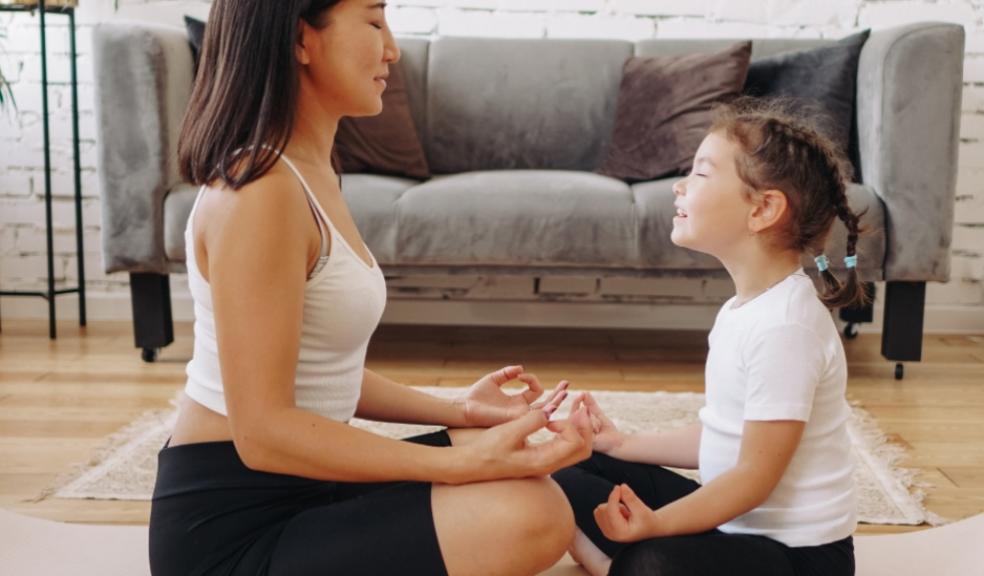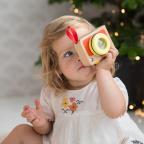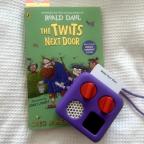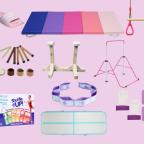
How simple mindfulness activities can help relieve children's back to school anxiety
The start of the school term can be an extremely daunting time for children; meeting new teachers and classmates, moving schools and classrooms, not to mention new learning pressures. Children’s mindfulness coach and Voxblock meditations series author, Christiane Kerr explains the benefits of mindfulness for children and gives some easy techniques to help your children cope with the start of the new school year.
Christiane Kerr has over 20 years experience working with children and her meditation books are best sellers as Voxblock audiobooks - helping children all over the country. Christiane wrote the first in the series; Bedtime Meditations For Kids to help her own 3 year old daughter get to sleep - her daughter is now 28 years old.
In today's fast-paced digital age, children, much like adults, are increasingly bombarded with stimuli, be it from school, extracurricular activities, or the constant distraction of screens. This continuous onslaught can contribute to stress, anxiety, and attention issues. Mindfulness meditation is an effective antidote to the pressure of modern life for children;
-
Emotion Regulation Children often experience strong emotions but lack the tools to understand or manage them. Regular mindfulness can teach children to become more aware of their feelings, helping them to recognise and process emotions such as anger, sadness and frustration.
-
Focus and Concentration With so many distractions competing for their attention, many children struggle to maintain focus on a single task. Mindfulness meditation where you focus attention on a specific thing, be it the breath, one or more of the senses or a movement can enhance concentration and support a better attention span.
-
Stress Reduction Children are exposed to many stressors such as pressure at school, peer dynamics and home life. Slowing down and focussing on just one thing, can help bring children into the present moment which in turn helps them to relax. This helps to reduce the stress hormone, cortisol. By establishing a regular meditation routine, children can learn to develop and tap into an inner sense of calm, regardless of external circumstances.
-
Enhance Creativity A calm mind is a creative mind and it is much easier to access our imagination when our minds are still and quiet. Meditation can encourage children to approach problems with a fresh perspective and think outside the box. Guided visualisations which engage children with all their senses can help develop their creativity.
-
Better Sleep Patterns Including meditation in your child’s sleep routine can help calm their nervous system and encourage them to let go of any anxieties they may have encountered as they prepare for sleep. This could include some simple breathing techniques, a calming movement routine or a guided sensory visualisation. These differ from bedtime stories as the child is an active participant in the story, rather than a passive listener.
How mindfulness can help relieve children's anxieties during the back-to-school period?
For children who are anxious it is important to recognise and validate their feelings. We all have anxiety to some degree and by acknowledging our anxiety, we can learn individual strategies to manage it.
Mindfulness practice gives children the space to acknowledge and allow their feelings to be present. This awareness can help them realise that we all have a choice in how we respond to challenging situations rather than automatically reacting. Below are a few mindfulness exercises.
Easy mindfulness activities to practise with your child
1. Press Pause and Breathe
Sitting or standing, bring your feet roughly hip distance apart and parallel so that they resemble the pause button on your remote control. Whilst keeping your body as still as you can, notice any sensations including where your feet touch the ground or where parts of the body are in contact with each other.
Have three deep breaths here, in and out through the nose, if you can.
Discuss with your child how they found this. If it is difficult for them to engage you can introduce a movement to make the breath more tangible. This could be floating the arms up above the head as you breathe in, and back down to your sides as you breathe out.
2. Walk with your worry
Discuss your child’s anxiety with them. What does it look like? What does it feel like? What colour is it? You can draw it or write down a few words to describe it. Imagine you could pick this worry up and put it in your pocket or your backpack. Now let’s take our worry for a walk.
When you are walking, notice each foot as it touches the ground. Can you feel your breath move in your body as you walk? Notice your surroundings – what can you see, hear and feel underfoot.
What happens to the worry when we take it for a walk?
3. Have a gratitude jar
There has been a lot of research on the effects of gratitude. This is a fun practice and one that focuses on the positive, uplifting aspects of life. You can have a jar with pencils and pens somewhere accessible in your home. Or you can have a notice board in your kitchen that children can add to when they think of something they are grateful for.
Sharing with each other over the dinner table three things that have been positive in each family member’s day is a great practice to do as a family too.
4. Listen to a screen-free mindfulness audiobook before bed
The screen-free Voxblock Calm and Wellbeing audiobooks have been designed specifically to help children understand and process their emotions, reduce stress, increase their creativity, improve their focus and concentration, and ultimately sleep better.
Christiane Kerr is the author of three mindfulness books in the Voxblock calm and wellbeing series. Here she explains her inspiration for the first one; “ I wrote Bedtime Meditations For Kids when my own daughter was three years old and struggling to get to sleep. She is now 28! She was anxious about the dark and would always sleep with a nightlight on. She had an active imagination and the multi-sensory guided visualisations helped her to focus on the stories and become part of the scenarios described. By encouraging her to feel the sensations in her body, it helped alleviate her anxious thoughts. As well as helping her to relax at bedtime, she was able to integrate the breath awareness element of the visualisations into her daily life.”
Voxblock is the screen-free audiobook player for children aged 3-12 years. The Voxblock Starter Pack including a Voxblock player, three audiobooks and a protective bumper for £59.99 is available from https://voxblock.co.uk/














